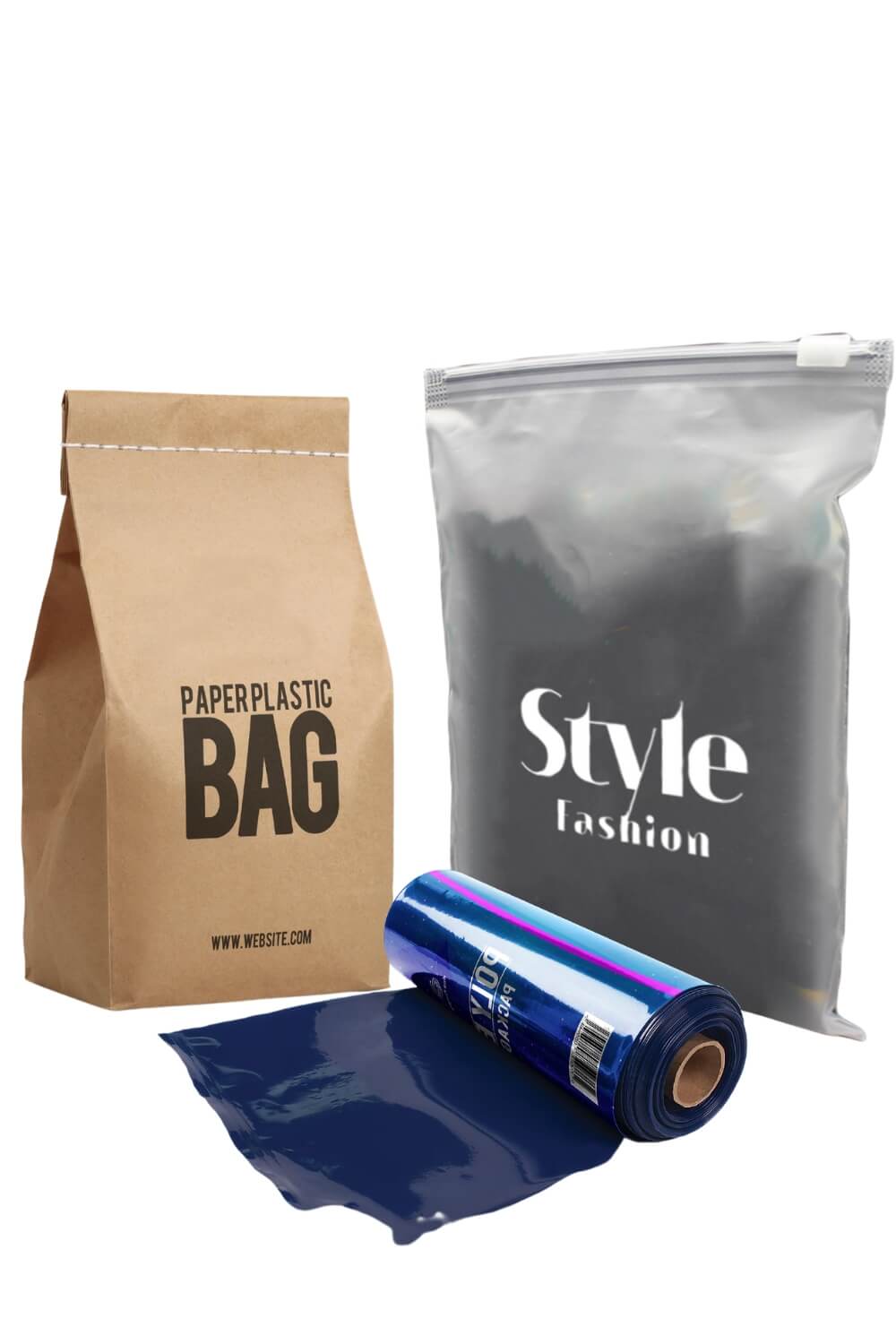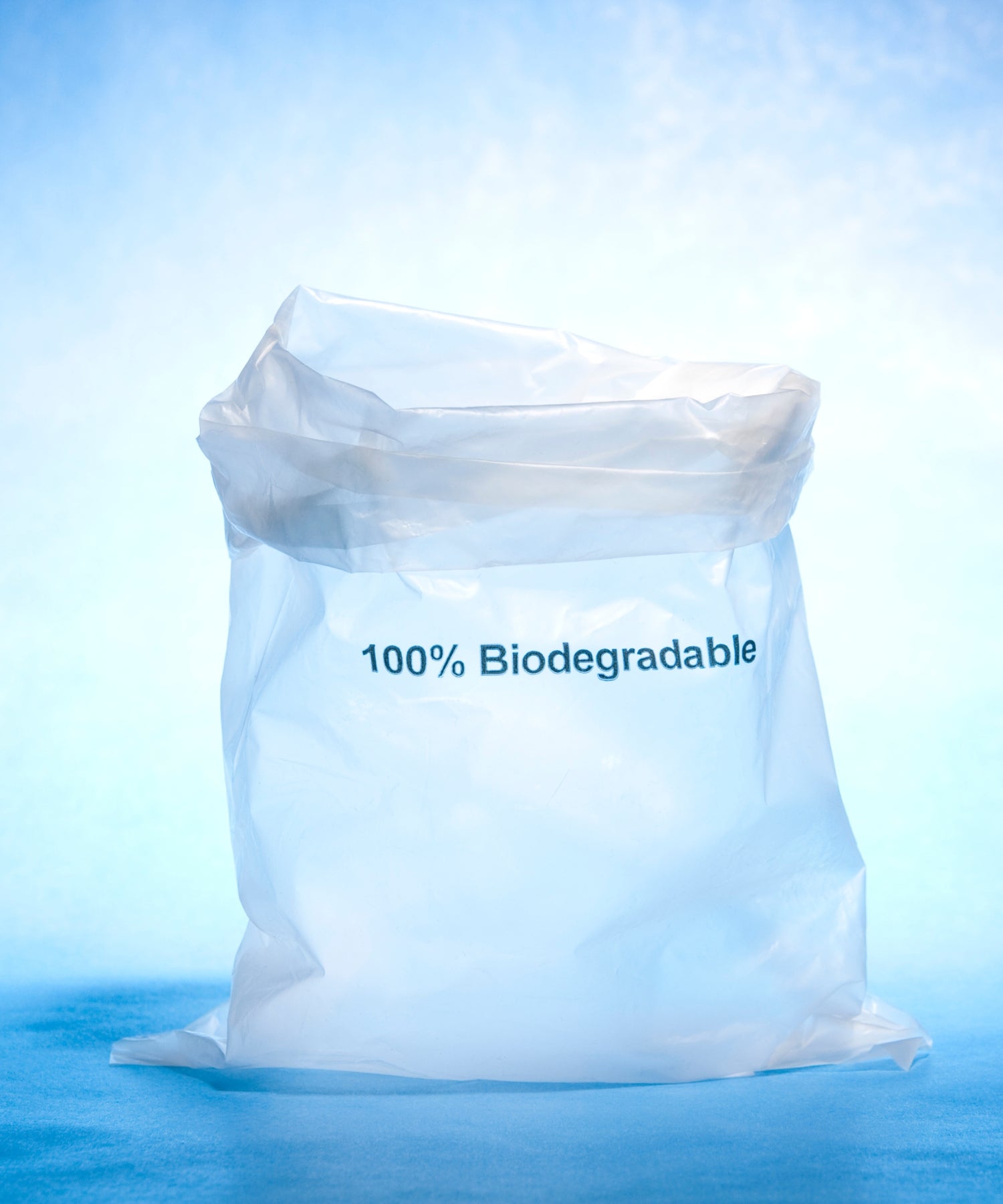The future of packaging is constantly evolving, with new technologies and materials being developed to meet the changing needs of consumers and businesses such as focusing on sustainability and reducing waste. This may include the use of more eco-friendly materials, such as bioplastics made from plants, as well as designs that make it easier for consumers to recycle or repurpose packaging. Smart packaging, which uses technology such as RFID or sensors to track and monitor products, may also become more prevalent. One area that is particularly exciting is the development of smart bottles and edible boxes. These innovative packaging solutions have the potential to revolutionize the way we store, transport, and consume food and beverages.
How Packaging will Change
Packaging is expected to undergo significant changes in the future as companies look for ways to reduce their environmental impact and meet the changing needs of consumers. One major trend is the shift towards more sustainable packaging materials. For example, the use of bioplastics, made from renewable resources such as corn starch or sugarcane, is expected to grow in the coming years as companies seek to reduce their reliance on fossil fuels.
Another trend is the increased use of digital technologies in customizing packaging. Consulting company McKinsey report states that "digital printing and other digital technologies will make it possible to create highly customized and personalized packaging, with minimal waste." This can include the use of QR codes, augmented reality, and other digital features that can enhance the consumer experience and provide valuable data to brands.
With that being said, packaging industry is expected to change significantly in the coming years as companies look for ways to research and develop new solutions for the industry and meet the changing needs of consumers.
Smart Bottles
Smart bottles, also known as intelligent or connected bottles, are designed with sensors and technology that allow for tracking and monitoring of the product inside. They can also be used to track hydration levels, monitor water intake, and even track the temperature of the liquid inside the bottle. These bottles can communicate information such as the expiration date, temperature, and even the location of the product to the consumer through a smartphone app. It not only improves the consumer experience, but it also helps to reduce food waste by providing real-time information about the product’s freshness.
One example of a company that has implemented smart bottle technology is Swirl, which has developed a smart wine bottle that tracks the wine’s temperature and sends notifications to the consumer when it is at the ideal drinking temperature. Another example is the smart milk bottle developed by a Dutch company, which sends notifications to the consumer when the milk is about to expire and can even order a new bottle of milk automatically.
Smart Bottles Criteria
-
Technology: Smart bottles typically have sensors and electronics embedded in them, so the manufacturing process would need to include the ability to integrate these components.
-
Materials: Smart bottles are typically made from plastic or glass, so the manufacturing process would need to be able to work with these materials.
-
Design: The manufacturing process would need to be able to produce bottles in a variety of designs, depending on the desired features and functionality.
-
Connectivity: Smart bottles typically have some form of wireless connectivity, so the manufacturing process would need to include the ability to integrate this feature.
-
Software: Smart bottles typically have associated software and apps, so the manufacturing process would need to include the ability to integrate this software and test it.
-
Quality control: The manufacturing process would need to include quality control measures to ensure that the bottles are functioning correctly and are free from defects.
-
Certifications: Smart bottles would need to meet various safety and regulatory certifications, such as CE, FCC, and UL.
Edible Packaging
Edible packaging, also known as biodegradable packaging, is another emerging trend in the packaging industry. This type of packaging is made from natural, biodegradable materials such as starch and cellulose, and is designed to be consumed along with the product it contains. This eliminates the need for separate packaging and disposal and can significantly reduce the amount of plastic waste generated by packaging.
One example of a company that has implemented edible packaging is WikiFoods, which has developed an edible packaging made from fruit and vegetable purees for ice cream. Another example is the edible water bottle developed by Skipping Rocks Lab, which is made from a seaweed-based material and can be consumed along with the water it contains.
The shift towards sustainable and innovative packaging solutions such as smart bottles and edible boxes is driven by consumer demand and government regulations. Consumers are becoming more aware of the environmental impact of packaging and are demanding more sustainable options. Government regulations are also becoming stricter, with many countries implementing laws and regulations to reduce the amount of plastic waste generated by packaging.
Edible Packaging Criteria
-
Safety: The packaging must be made from food-grade materials that do not contain any harmful chemicals or toxins that could leach into the food.
-
Biodegradability: The packaging must be able to break down in the environment and not contribute to pollution.
-
Functional properties: The packaging must be able to protect the food, maintain its freshness, and be easy to use and transport.
-
Regulatory compliance: The packaging must comply with all relevant food safety regulations and standards, such as those set by the FDA or EU.
-
Taste and texture: The packaging should be tasteless and have a texture that is pleasant to eat.
-
Cost-effective and scalable: The packaging should be cost-effective to produce and scalable for mass production.
It's worth noting that the development of edible packaging is still in the early stages, and much research is needed to find the most suitable materials applying to each applications, techniques and regulatory compliance for mass production.
In conclusion, the future of packaging is expected to see a shift towards more sustainable and innovative solutions, with a focus on smart bottles and edible boxes. These technologies not only improve the consumer experience and reduce food waste, but they also play a crucial role in reducing the environmental impact of packaging. Companies that invest in these technologies now will be well positioned to meet the changing consumer and regulatory landscape in the years to come.
References:
McKinsey & Company. (2021). The next normal: The future of packaging. Retrieved from https://www.mckinsey.com/~/media/McKinsey/Featured%20Insights/The%20Next%20Normal/The-Next-Normal-The-future-of-packaging
Swirl. (2021). Smart wine bottle. Retrieved from https://www.swirlwinesensors.com/
Dutch dairy company. (2021). Smart milk bottle. Retrieved from https://www.dutchdairycompany.com/smart-milk-bottle/
WikiFoods. (2021). Edible packaging for ice cream. Retrieved from https://www.wikifoods.com/edible-packaging-for-ice-cream/
Skipping Rocks Lab. (2021). Edible water bottle. Retrieved from https://www.skippingrockslab.com/our-technology/





Leave a comment
This site is protected by hCaptcha and the hCaptcha Privacy Policy and Terms of Service apply.